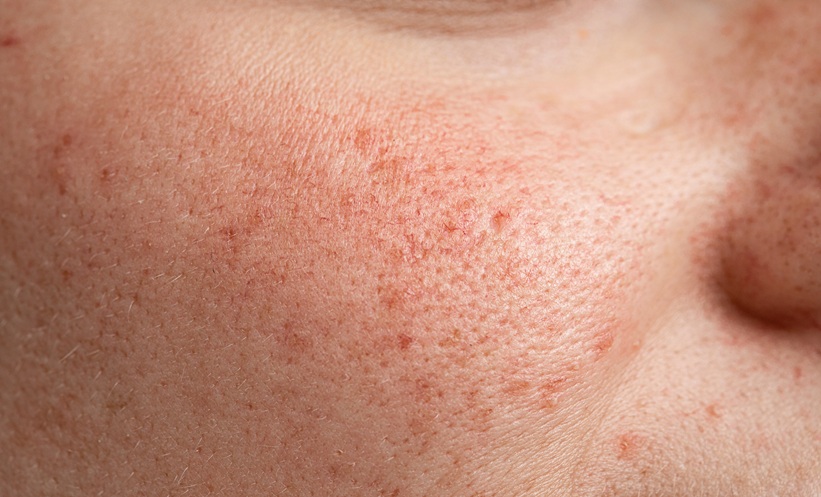CUTANEOUS vasculitis in primary Sjögren disease is linked to significantly worse outcomes, particularly when cryoglobulinemic vasculitis is present, according to findings from a large multicenter cohort study.
Researchers examined 54 patients with Sjögren disease complicated by cutaneous vasculitis between 2011 and 2021, compared with 108 matched controls without vasculitis. The majority of affected patients were women, with a median age at vasculitis diagnosis of 42 years. Cryoglobulinemic vasculitis accounted for more than half of cases, followed by hypergammaglobulinemic vasculitis.
The presence of vasculitis was associated with a markedly higher incidence of lymphoma compared with controls. Thirteen percent of patients with both Sjögren disease and cutaneous vasculitis developed lymphoma, versus only 4% of controls. Among the vasculitis subtypes, type II cryoglobulinemic vasculitis carried the most severe prognosis. These patients had a six-fold increased risk of mortality or lymphoma, higher disease activity scores, and more frequent kidney and peripheral nervous system involvement than those with other vasculitis types.
Despite frequent use of rituximab-based regimens, no survival advantage was seen compared with other therapeutic strategies. The findings highlight a critical need for more effective treatments in this high-risk group.
The study emphasizes the importance of early recognition of cutaneous vasculitis in patients with Sjögren disease. Clinicians should maintain heightened vigilance for systemic complications, particularly lymphoma, when managing these patients. Tailored monitoring and timely referral to multidisciplinary teams may be essential to improve outcomes.
The authors conclude that while cutaneous vasculitis overall reflects greater disease severity in Sjögren disease, only type II cryoglobulinemic vasculitis consistently predicted poor outcomes, underscoring the urgency for further research to define optimal management.
Reference: Breillat P et al. Cutaneous Vasculitis in Primary Sjögren Disease. JAMA Dermatol. 2025:e252665.







